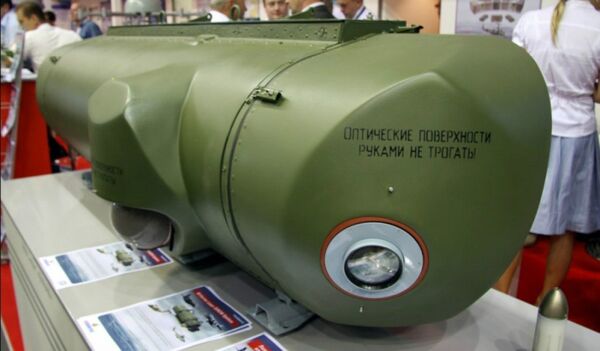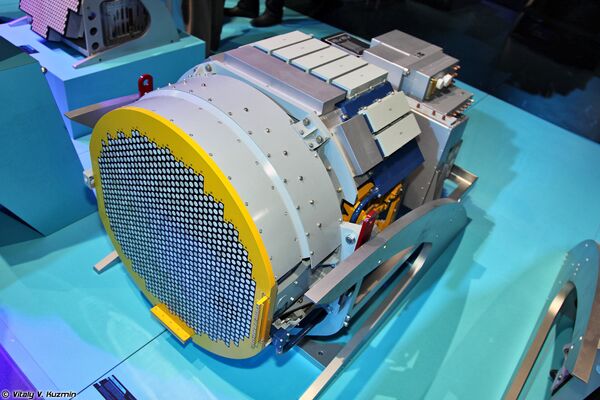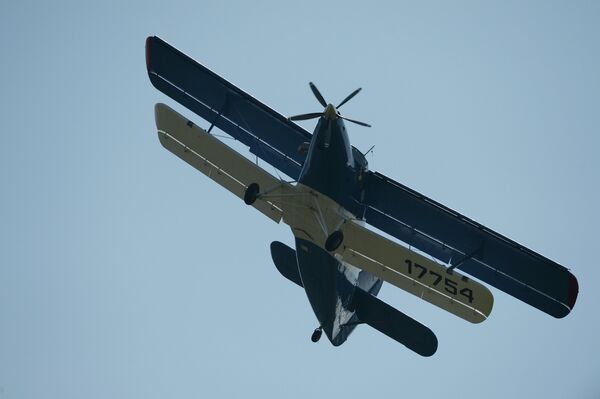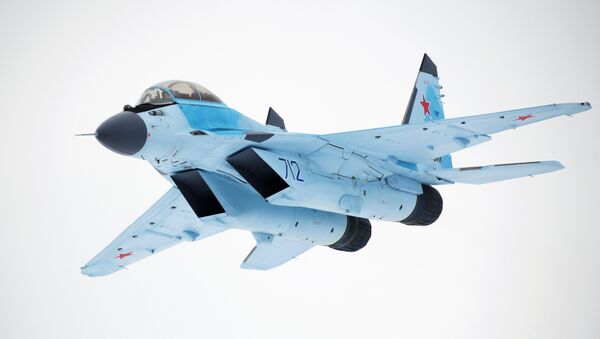The sleepy Moscow region town of Zhukovsky is making final preparations to host the MAKS-2017 aviation and space salon July 18-23. One of the largest aviation forums in the world, the exhibition is well-known for its display of prototypes of new types of civilian and military airplanes, helicopters, aircraft components, space tech, and other aviation technologies.
Modern Classic: A New Helicopter for the Special Forces
This year's show will include the first public showing of the Mi-171 Sh-VN military transport, a new modification of the veteran Soviet and Russian Mil Mi-8.
"The fifty-year lifetime of the legendary Mi-8 has seen the creation of over 90 different modifications of the chopper — including search and rescue, transport, shock strike chopper, medical and reconnaissance versions. Now there's something for the special forces to be happy about: the Mi-171 Sh-VN was created especially for them," Kotz quipped.
According to Russian Helicopters, the company producing the new chopper, the Mi-171 Sh-VN is specifically designed to support special forces troops during anti-terrorist operations. Engineers took special account of the experience of Russian aircraft in the course of the ongoing counterterrorism mission in Syria.
Built by the Ulan-Ude Aviation Plant in Siberia, the chopper features new profile composite rotor blades and an X-shaped tail rotor, giving it increased cruise and maximum flight speed (up to 260 and 280 km, respectively). The chopper has a maximum takeoff weight of 13.5 metric tons, 500 kg more than the standard Mi-8.
The Mi-171 Sh-VN's engines feature improved altitude and climatic characteristics, allowing for the chopper to be used in a greater variety of climactic and weather conditions. For armament, the helicopter is fitted with guided missiles and two 12.7 mm machineguns. The floors of the crew cabin and cargo compartments are enclosed in Kevlar armor. Finally, the gunship features the President-S infrared countermeasures system, capable of knocking enemy anti-aircraft missiles out of the sky.

Altogether, these improvements make the new modification of the legendary Mi-8 design the most heavily-protected and heavily armed among its peers.
MiG-35: From Prototype to Production
Although the MiG-35 4++ generation multirole fighter has been shown at MAKS before, this year will feature something new: the first production model – the MiG-35S. And it's not just a matter of an extra letter at the end of the name, according to Kotz.
The observer pointed out that the new plane "has a greater range, a top speed of nearly 2,700 km per hour [300 km more than the base MiG-35], and new engines with a thrust-vectoring module, allowing pilots to perform the most complicated aerobatic maneuvers, as well as modern on-board electronic equipment. The MiG-35S's radar can track up to 30 air targets from distances 160 km away," and ship targets up to 300 km away.

Do-It-All Dunebuggy
One unusual and highly anticipated newcomer to the show is the BORTS Triton – a unique new amphibious flying vehicle developed by Russia's NPO Aerospace Technologies.
The two-seater vehicle is designed to operate in any environment – overland as an electric vehicle, in the air as a plane with a soft wing (something akin to a sport parachute), and over the water as an airboat.

Harking back to Soviet alligator-like amphibious assault vehicle designs of decades past, the new vehicle is 2.95 m long, has a height of 2.24 m, and a width of 1.9 m. The Triton speeds along at up to 100 km per hour, and has an impressive reserve of power (up to 100 km on land, or 400 km over water and through the air). The vehicle is capable of operating at altitudes up to 4,200 m. On its own, the Triton weighs 350 kg; the vehicle has a useful load mass of 250 kg.
Deadly & Smart: The ODAB-500PMV and PBK-500 Bombs
Another new entry to the show is the Tehmash-produced ODAB-500PMV fuel-air explosive bomb, designed for the destruction of industrial facilities, equipment and enemy manpower. This bomb, Kotz explained, "is equipped not with explosives, but a liquid combustible mixture. When the bomb is detonated, the mixture is sprayed into the form of an aerosol cloud, ignited by a special initiating charge. All objects in the zone of destructions are lit up by a huge fireball –entering any shelter, be it a trench, a building or a fortified bunker."
Another Tehmash product making its debut at MAKS this year is the PBK-500U glide cluster bomb dispenser. Unlike traditional unguided cluster munitions, the novelty of the PBK-500U is its use of special thrusting engines to find its targets – from armored vehicles, to ground-based radar, command posts and anti-aircraft system power plants, independently.
Return of a Legend: A Composite An-2 Based Biplane
This year, aircraft engineers from the Siberian Research Institute of Aviation will present a new modification of a TVS-2DT, the re-engined variant of the legendary Antonov An-2, at MAKS. The TVS-2DTS, a new take on the legendary aircraft, will be made entirely of composite materials, feature a more powerful engine, and advanced control systems.
Designers say their new plane is almost ready for mass production, which will likely be organized in the Siberian region of Novosibirsk. Like its forefather, whose production began in 1946, the new plane will retain the AN-2's ability to take off and land at low speeds and using short, poorly equipped runways.

The TVS-2DTS has a maximum flight speed of 300 km per hour (120 km per hour more than the An-2), a flight range of 2,000 km (against the An-2's 1,200 km), and a load capacity of 2.5 tons (compared to 1.5 tons for the An-2).
The TVS-2DTS's predecessor, the AN-2, nicknamed the 'kukuruznik' ('crop-duster') was found particularly useful in the area of agriculture, and continues to be used by farmers worldwide to this day. The Guinness Book of World Records has listed the 45-year production run for the original An-2 as the longest ever for any aircraft.






